A Recipe for Horror
Take an old castle, half of it ruinous.
A long gallery, with a great many doors, some secret ones.
Three murdered bodies, quite fresh.
As many skeletons, in chests and presses.
An old woman hanging by the neck, with her throat cut.
Assassins and desperadoes, quant. suff.
Noises, whispers, and groans, threescore at least.
—From a late 18th-century article offering
instruction on “Terrorist Novel Writing”
What will you be reading while lounging at the pool this summer? Since War and Peace is old hat for veterans of summertime book reading, why not stack a bunch of Gothic novels under the lounge chair next to the tube of sunblock and the piña colada?
If, in the past, you have waved away anyone suggesting tales of mystery, monsters, madness and supernatural mayhem could lead to an appetite for having your socks scared off, you might want to remember that nobody wears socks in the summer except to play tennis.
The Grimm truth is, most people have a secret desire to be spooked.
Although his name must be said with a lisp, the poet Percy Bysshe Shelley admitted he purposely went in search for something to creep him out: While yet a boy I sought for ghosts/ Thro’ many a listening chamber, cave and ruin.
Even the great Jane Austen was able to drag her mind away for a second from the cockish Mr. Darcy to pen Northanger Abbey. With a spoofish wink at her readers’ obsession for howling madness, locked doors and wrathful wraiths, in the book Austen ripped open the bodice of purple prose to expose a heroine “craving to be frightened.”
Goosebumps may not be the most attractive accessory for a bikini this summer, but evidence of terror can always be covered in a beach towel. And, if courage is needed to face the grotesquery as pages of the book are flipped, you can always ask the pool boy to bring you another rum-laced Zombie.
Some may be wondering why horror is a subject germane to a food column. It is simply this—all the characters of interest in Gothic literature share in common an abnormal hunger.
That’s abnormal in the most deliciously perverse sense. As one reviewer put the case, “[The characters] have appetites that are out of control.” And from another observer, “In the Gothic novel, feeding and monstrosity coincide in meaning. Appetite alone is dangerous, but what is used as food determines the monster.”
So, what’s on the plate? You will find the bones, skin, meat, breath, blood and soul of living human beings served up at the genre’s unnatural feast.
Whether the villain is a ticked-off ghost, a vampire running his own personal Blood Drive, a werewolf that not only admires a shapely thigh but eats it, a heartless rogue, a baby-stealing witch, a slavering misfit, a fiend with lascivious designs on some poor frail miss or a devil in a blue dress, Gothic’s got the intensified flavor—the tongue-tickling spice.
While blah-ish reality (a How-To book for example) is the Pritikin diet of reading material, the Gothic form is a boiled pudding of outrageous ingenuity. It makes the mind drool.
The genre is the decayed, spoiled and moldy layer cake of literature (think Dickens’ Miss Havisham and her smashed and lost, cobwebby Great Expectations, photo below). It’s a fractured fairytale for adults (think classic Lovecraft telling tales inspired by his own nightmares).
It’s the juicy fruit of naughty indulgence (think all the way back to that apple-pushing junkie Eve). It’s obsessive, selfish and always hungry for what it cannot have (think the Brontës’ tormented Heathcliff or the sexually frustrated Mr. Rochester).
It’s a man with a black cape, licorice eyes and fangs who ain’t kidding when he orders a bloody Mary. The bloodsucker legend traces all the way back to ancient Babylon, but having the cojones to write about vampires began with Goethe (1797), Lord Byron (1813), Le Fanu’s first female vampire, the nasty Carmilla (1872) and the guy with the biggest “stake” in the genre, Bram Stoker, who introduced Dracula in 1897.
A review of modern sensibilities might suggest that the paranormal has become the new normal. Those of us who have always had a peculiar relish for the peculiar have noticed more and more folks peeking around horror’s black curtain to see what’s up with all that frightful screaming taking place on the other side.
So if the natural order of things, if bland clarity and reason have begun to bore you, please remember that when Sir Walter Scott suggested the Gothic novel “should be devoured in secret,” it was because in his era—the 19th century—having a taste for highly flavored Otherness was a taste delicate folks tried to conceal.
But very few of us suffer with the vapors anymore. We’re all pretty much steeled against being shocked nowadays, and smelling salts are as passé as bloomers.
Still, may I suggest that horror should not be consumed in dark places—should not be consumed alone in dark places—and Gothic is certainly not a thing to take to bed with you. Better to read these novels in the sun.
Read if you dare…
THE CHILLING CLASSICS
(1) The Castle of Otranto—by Horace Walpole, 1765. This novel launched the Gothic tradition.
(2) The Mysteries of Udolpho—by Ann Ward Radcliffe, 1794. Poet Samuel Taylor Coleridge opined: “It is the most interesting novel in the English language.” Huge cherries are involved.
(2) The Monk: A Romance—by Matthew Gregory Lewis, 1796.The book caused such an outcry among the offended public that it was concealed under the false book jacket British Butterflies.
(4) Wieland, or, The Transformation—by Charles Brockton Brown, 1798. Eerie ventriloquism and spontaneous combustion.
(5) The Mysterious Warning—by Mrs. Eliza Parsons, 1796. Incestuous seduction and supernatural intervention.
(6) The Vampyre—by John William Polidori, 1819. At this author’s villa on Lake Geneva, Mary Shelley won the “Horror Story Contest” against three male writers by penning Frankenstein.
(7) Melmoth the Wanderer—by Charles Maturin, 1820. Began the frenzy for Irish Gothic.
(8) The Mummy’s Foot and Other Stories—by Théophile Gautier, 1840. In a curiosity shop a man buys the 4,000-year-old foot of an Egyptian princess.
(9) One Thousand and One Ghosts—by Alexandre Dumas, 1848. A creepy collection of tales by the author of The Three Musketeers.
(10) Villette—by Charlotte Brontë, 1853. Heroine Lucy teaches English at a convent haunted by a gray nun.
(11) The Woman in White—by Wilkie Collins, 1860. Penned by Charles Dickens’ favorite writer, this spooky tale explains why Wilkie received the Master’s thumbs up.
(12) The Turn of the Screw—by Henry James, 1898. When children are involved, terror takes over from horror and everyone is driven stark-staring mad.
THE HORRIBLE MODERNS
(1) The Willows and Other Queer Tales—by Algernon Blackwood. Two men canoe down the Danube. A weirdly wonderful close encounter with the “fourth dimension.”
(2) The Gormenghast Novels—by Mervyn Peake. Fantasy does a danse macabre in this chilling trilogy.
(3) The Dunwich Horror and Others—by H. P. Lovecraft. Stephen King called Lovecraft “the greatest practitioner of classic horror.” In Dunwich, a deformed albino woman enjoys wandering around during thunderstorms. Fiendish.
(4) Dragonwyck—by Anya Seton. This Gothic romance describes the villain as being “all sin and mystery.” Bring him on.
(5) I Am Legend—by Richard Matheson. The tale influenced the whole genre (herd) of zombies.
(6) The Hound of Death and Other Stories—Agatha Christie. In this cauldron of fiction supernatural shenanigans set the heart pounding.
(7) Don’t Look Now and Other Stories—by Daphne du Maurier. The author of Rebecca also wrote a short story upon which Hitchcock based his film The Birds.
(8) Bellefleur and Mysteries of Winterthurn—by Joyce Carol Oates. Gothically masterful. Eat these two books and really feel your Oates.
(9) The Green Man—by Kingsley Amis. One goofy, cranky ghost tale.
(10) We Have Always Lived in the Castle and The Haunting of Hill House—by Shirley Jackson. Horror to set your teeth chattering, Jackson’s fiction has a “vast intimacy with everyday evil.”
(11) The Witching Hour—by Anne Rice. The Mayfair witches must deal with incest, murder and a spying quixotic ghost. Quickly follow with Rice’s Lasher and Taltos that complete the series.
(12) The House Next Door—by Anne Rivers Siddons. Set in the moss-covered South, the sinister house in question is “bone-deep” in supernatural horror.

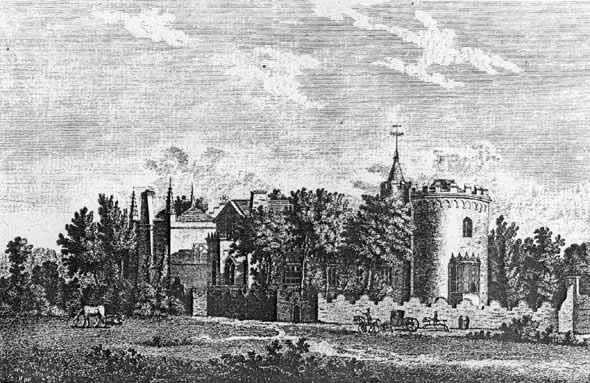
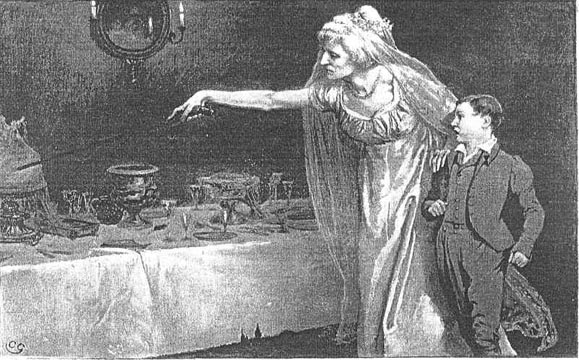

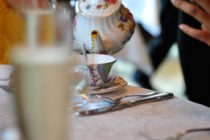
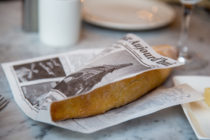


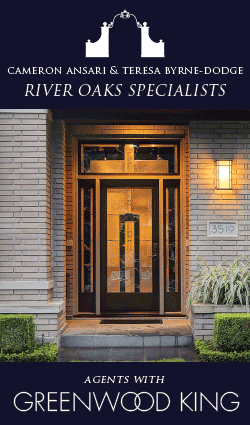

Follow Us